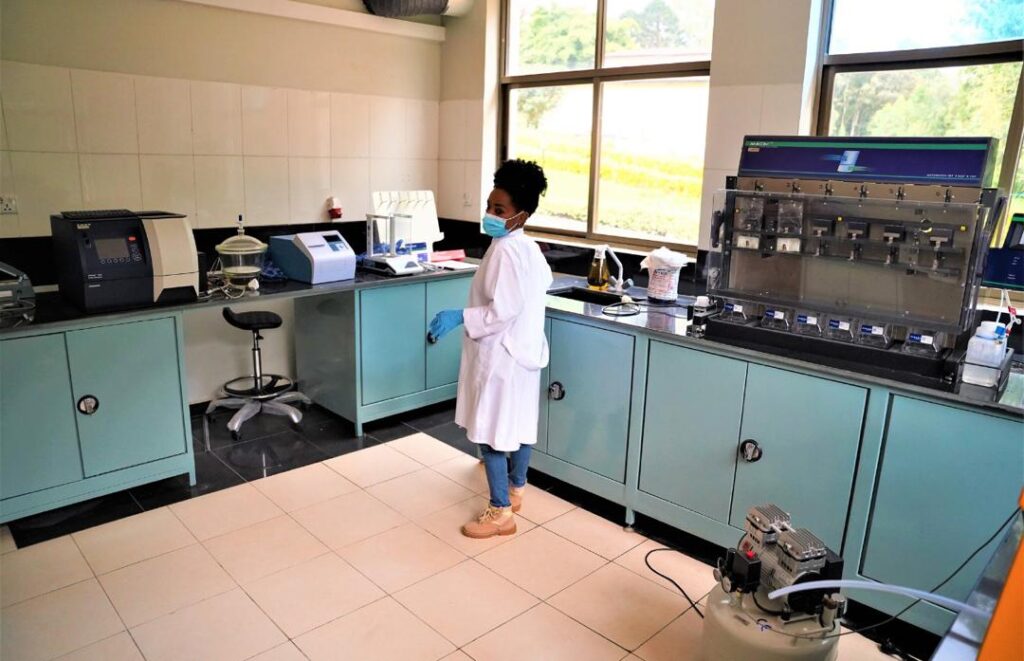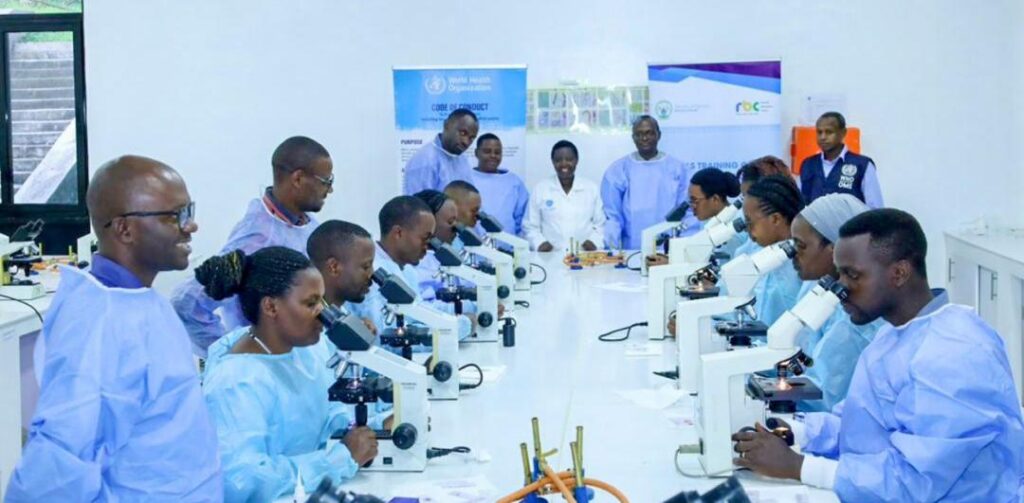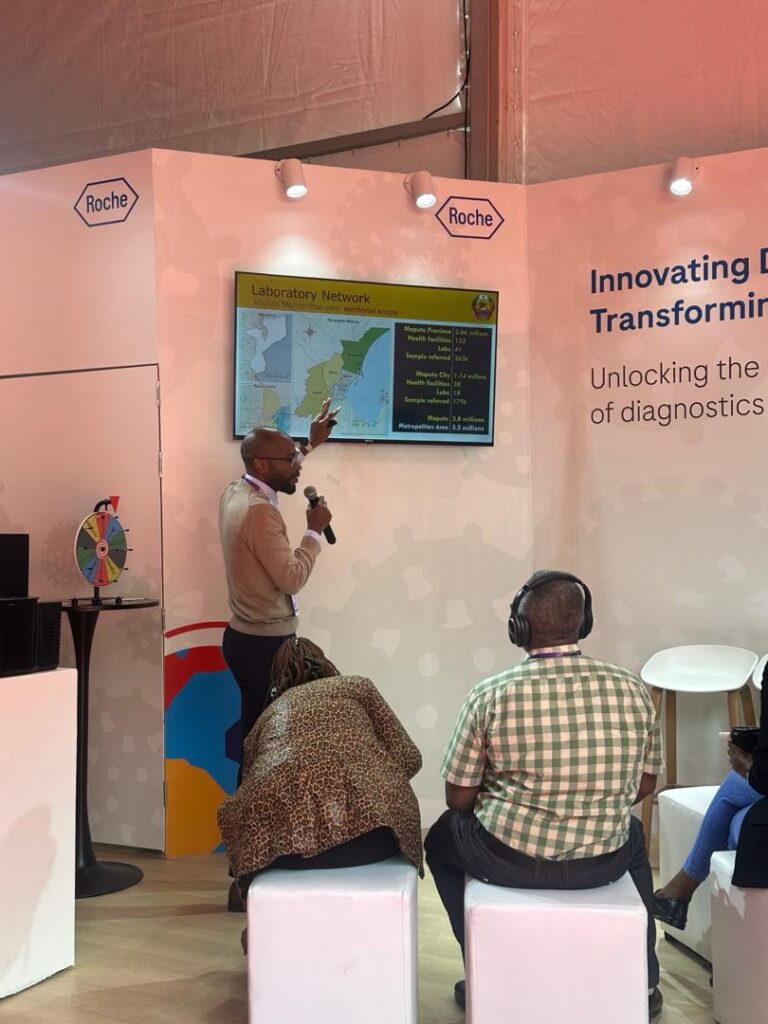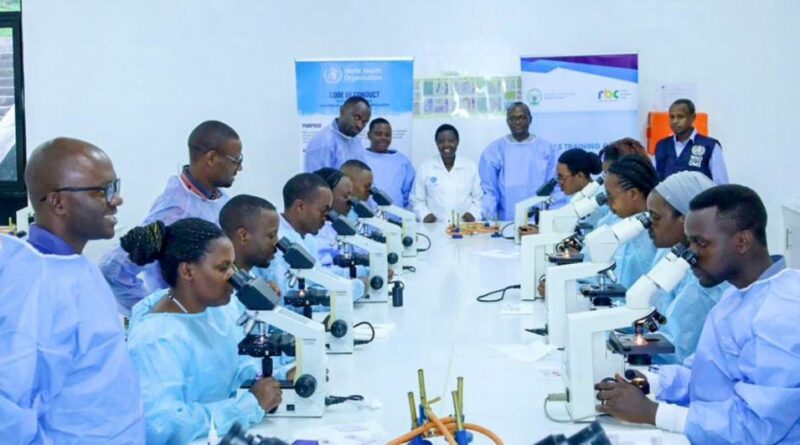Enhancing Medical Safety and Resource Efficiency through Laboratory
Improving the structure and efficiency of laboratory systems through service integration, infrastructure strengthening, and optimized resource management is one of the key priorities our country has adopted to raise the quality of healthcare delivery. This strategic decision is based on a comprehensive national laboratory assessment that included population distribution maps (heatmaps) and facility location analysis.

Key Findings:
- Most laboratories are located in or near urban areas, typically within 4–10 kilometers of health facilities.
- The majority of laboratory services are concentrated in biochemistry and pathology, accounting for 60–80% of all test samples nationwide.
- Frequent equipment breakdowns or staff shortages cause delays in service delivery and prevent timely diagnostic support for patients in need.
This context inspired the concept of establishing Centralized National Laboratories—strategically located facilities capable of serving a large population efficiently, supported by rapid sample transportation and integrated digital systems for result dissemination.

Why Centralize Laboratory Services?
1. Reduce Equipment Downtime and Waste:
By consolidating services, laboratory equipment is used more efficiently, maintained more regularly, and upgraded in a timely manner.
2. Improve Cost-Effectiveness:
There is no need to duplicate expensive equipment in multiple nearby locations. Instead, resources are concentrated where demand is greatest.
3. Speed Up Turnaround Time:
In cities, test results can be delivered within a day. In rural areas, a special transport schedule has been introduced—including drones in remote regions with poor roads.
4. Enhance Donor Coordination and National Planning:
A harmonized lab system demonstrates clear strategic direction, attracting partnerships and increasing impact through integrated efforts.
How the System Works
Laboratory sample transportation is organized according to three levels of service frequency:
- Urban & nearby districts: Daily sample collection.
- Mid-range rural zones: Three times per week.
- Remote locations: Collection coordinated with patient referrals for efficiency and cost-effectiveness.
All sample results are delivered through a Laboratory Information System (LIS) to the corresponding health facilities.
In hard-to-reach areas, drones are already being used to transport lab samples and essential medications—minimizing risk of sample degradation and reducing delays caused by poor road conditions. “This will help preserve sample temperature, reduce transportation costs, and ensure timely diagnosis,” explained the head of national laboratory planning.
The Long-Term Vision for Laboratory Services
The national plan envisions laboratory services that:
- Handle high volumes of samples quickly and accurately,
- Employ well-trained staff including nurses, lab technicians, and data handlers,
- Support under-resourced health facilities with centralized expertise,
- Manage lab waste through standardized and environmentally sound practices.
Conclusion
Centralizing laboratory services is not a simple path—but it is the right one. It ensures equitable, affordable, and timely access to reliable diagnostics for every citizen, no matter where they live. To make this vision a reality, the involvement of all stakeholders—government leaders, technical partners, and the communities themselves—is essential. With collective effort, data-driven healthcare becomes not only possible but sustainable for the future.

By:Florence Uwamaliya
![]()




